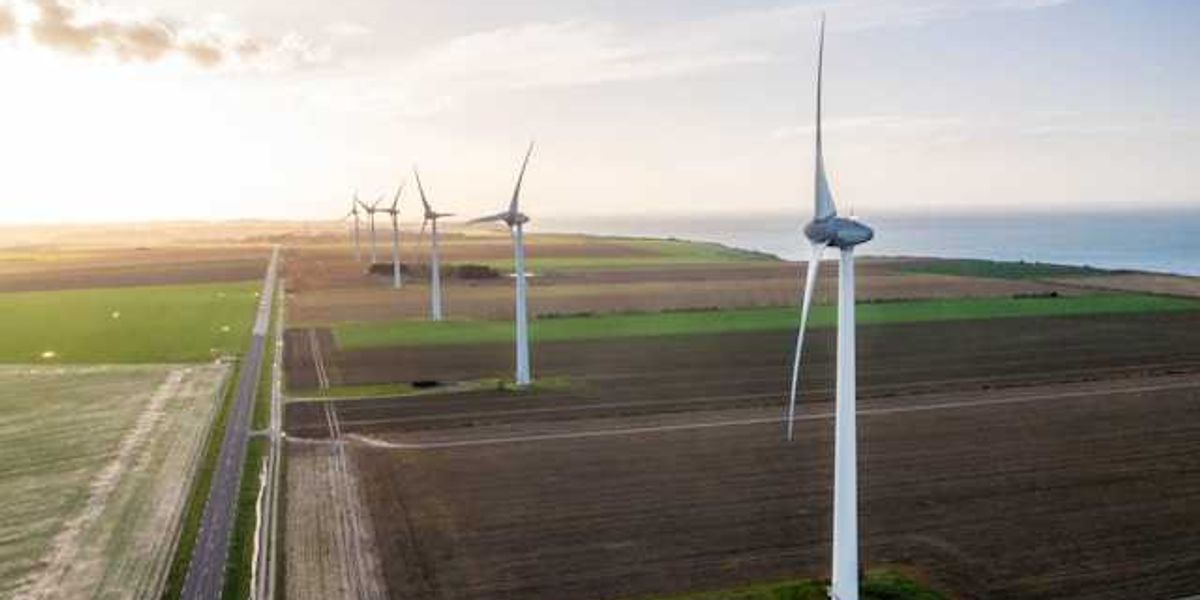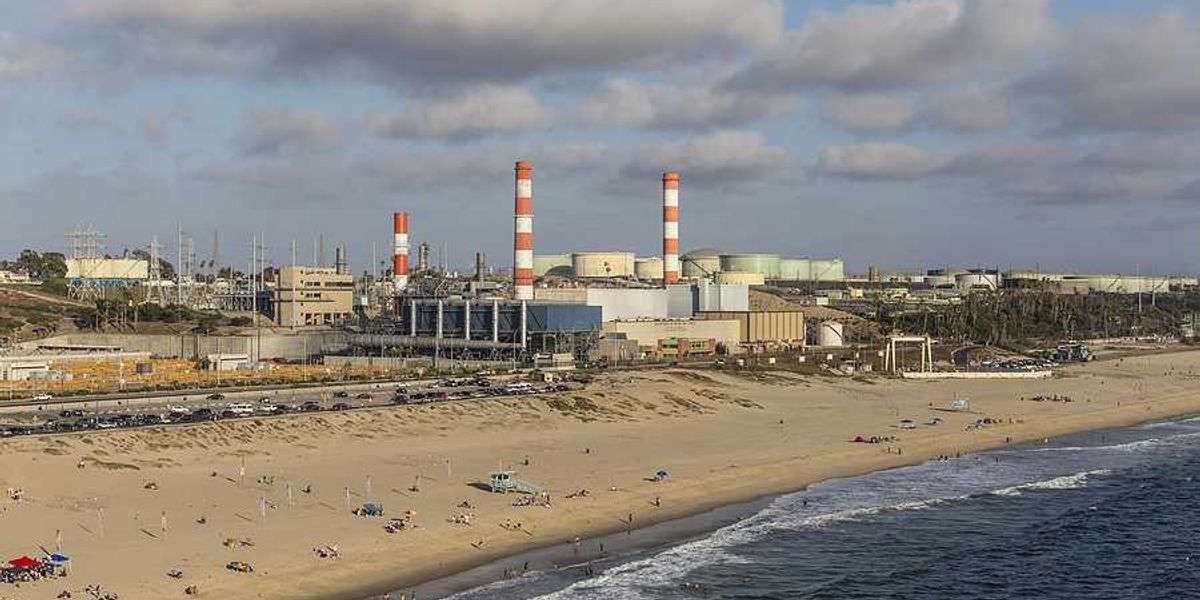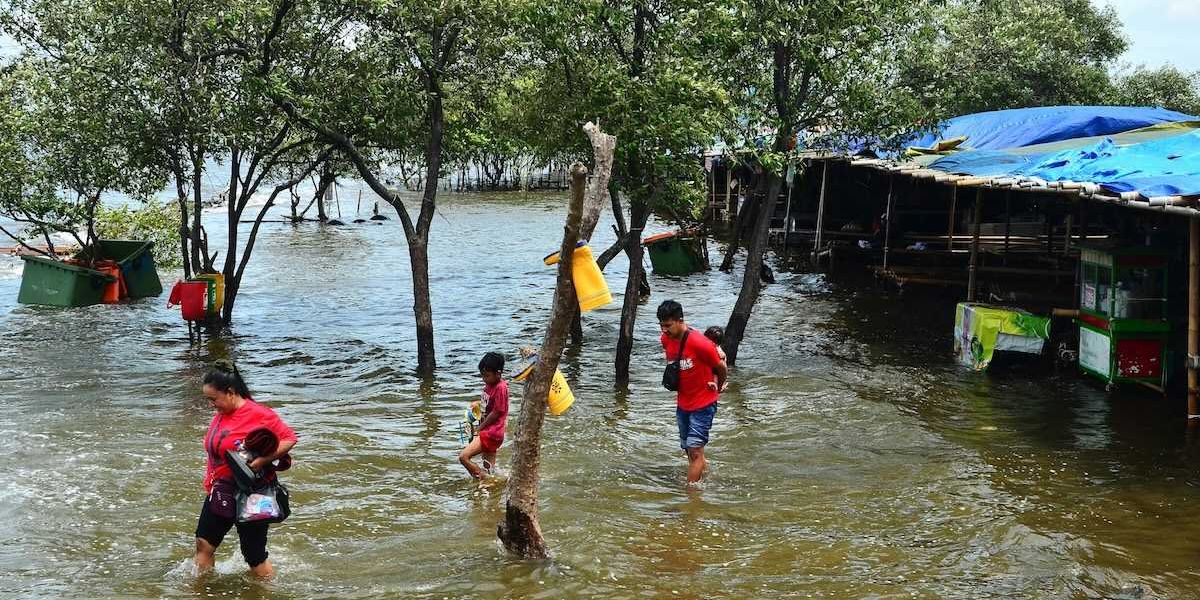Methane leaks from fossil fuel sites are going untracked and unchecked
Odorless and hard to measure, methane is leaking from fossil fuel sites — active and abandoned alike — at far higher rates than reported, contributing significantly to climate change.
In short:
- Methane traps far more heat than carbon dioxide and accounts for roughly a third of post-industrial global warming, but efforts to track and reduce it lag far behind.
- Many leaks come from small, often-overlooked fossil fuel sites like marginal oil wells and abandoned coal mines, which are poorly regulated and inadequately monitored.
- Although technologies to curb methane emissions are available and cost-effective, most fossil fuel operators opt not to use them without regulatory or financial pressure.
Key quote:
“Marginal wells only produce 6-7% of [oil and gas] in the US but they disproportionately account for almost 50 percent of the US oil and gas production-related emissions.”
— Ritesh Gautam, lead scientist for MethaneSAT
Why this matters:
Methane’s potency as a greenhouse gas makes it a critical target for climate action. Unlike carbon dioxide, it dissipates quickly — within about a decade — but traps significantly more heat in the meantime. That means reducing methane now can deliver near-term cooling benefits. Yet many leaks go undetected or unaddressed, especially from small oil wells, coal mines, and abandoned infrastructure. In the U.S. alone, millions of such sites may be emitting methane without oversight or containment. Without accurate data, policymakers and the public can’t fully grasp the problem’s scale or urgency. As the Trump administration rolls back enforcement and funding, the gap between what’s possible and what’s happening continues to grow, worsening both environmental and public health risks.
Learn more: Abandoned fossil fuel sites now rival top countries in methane emissions













